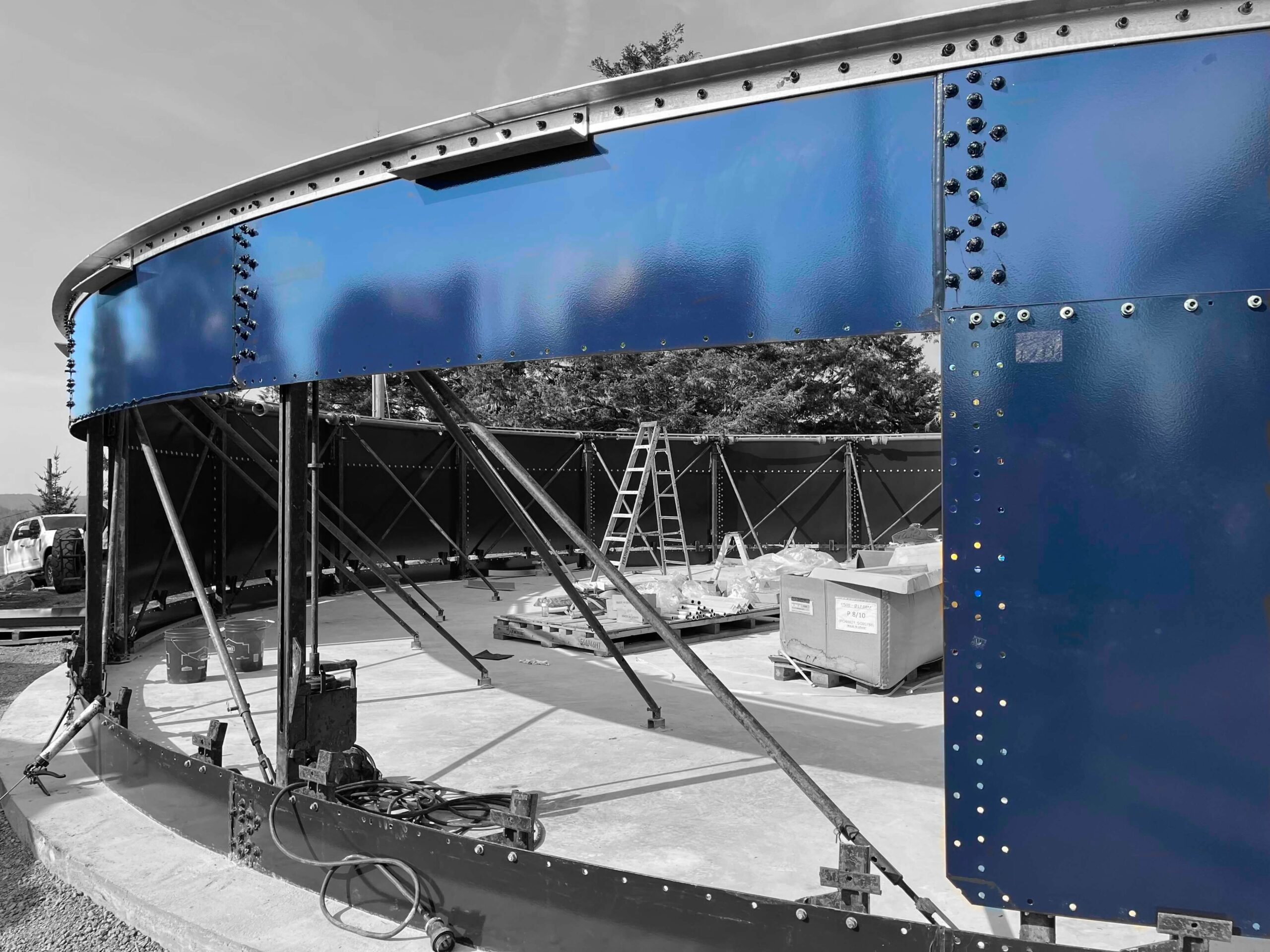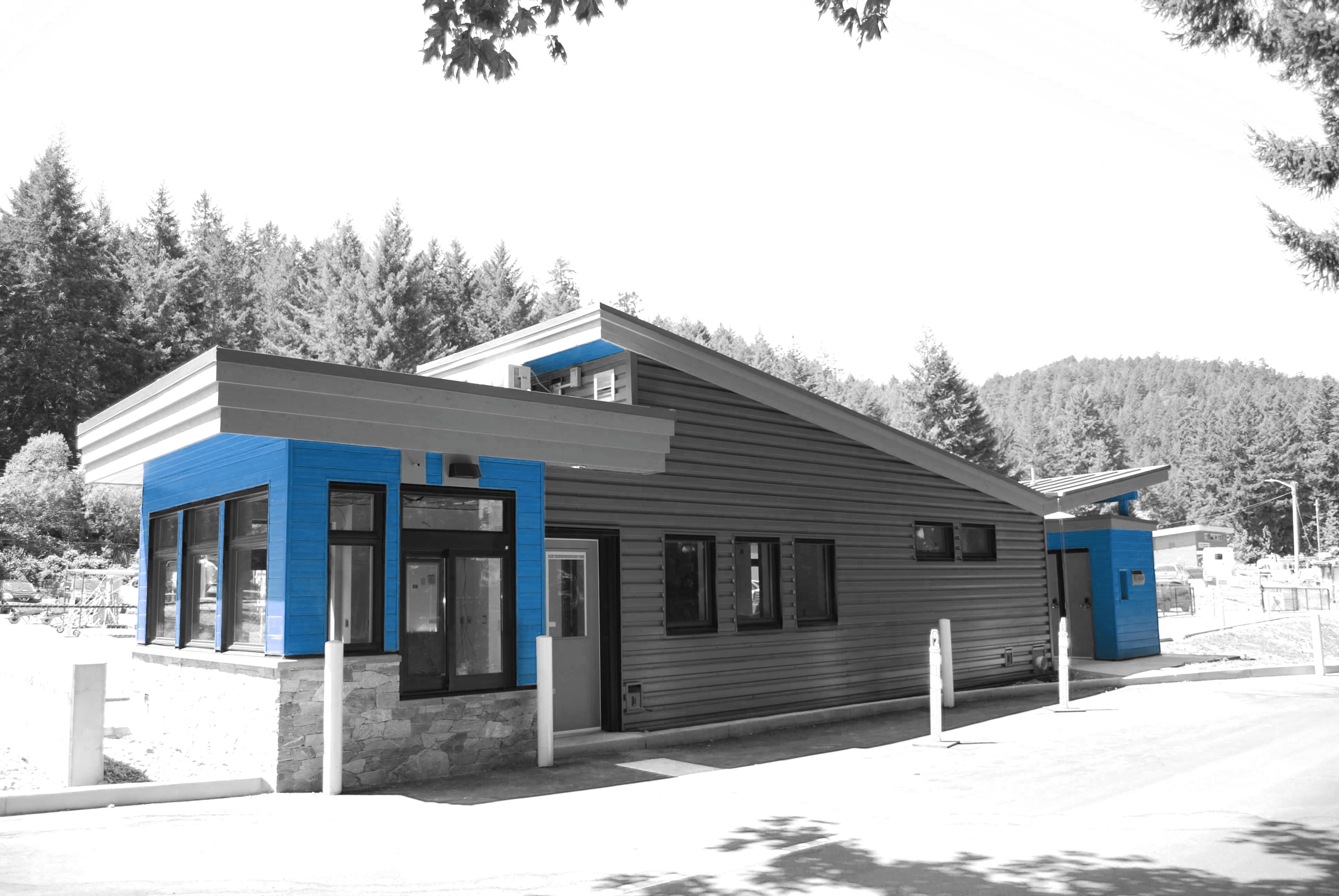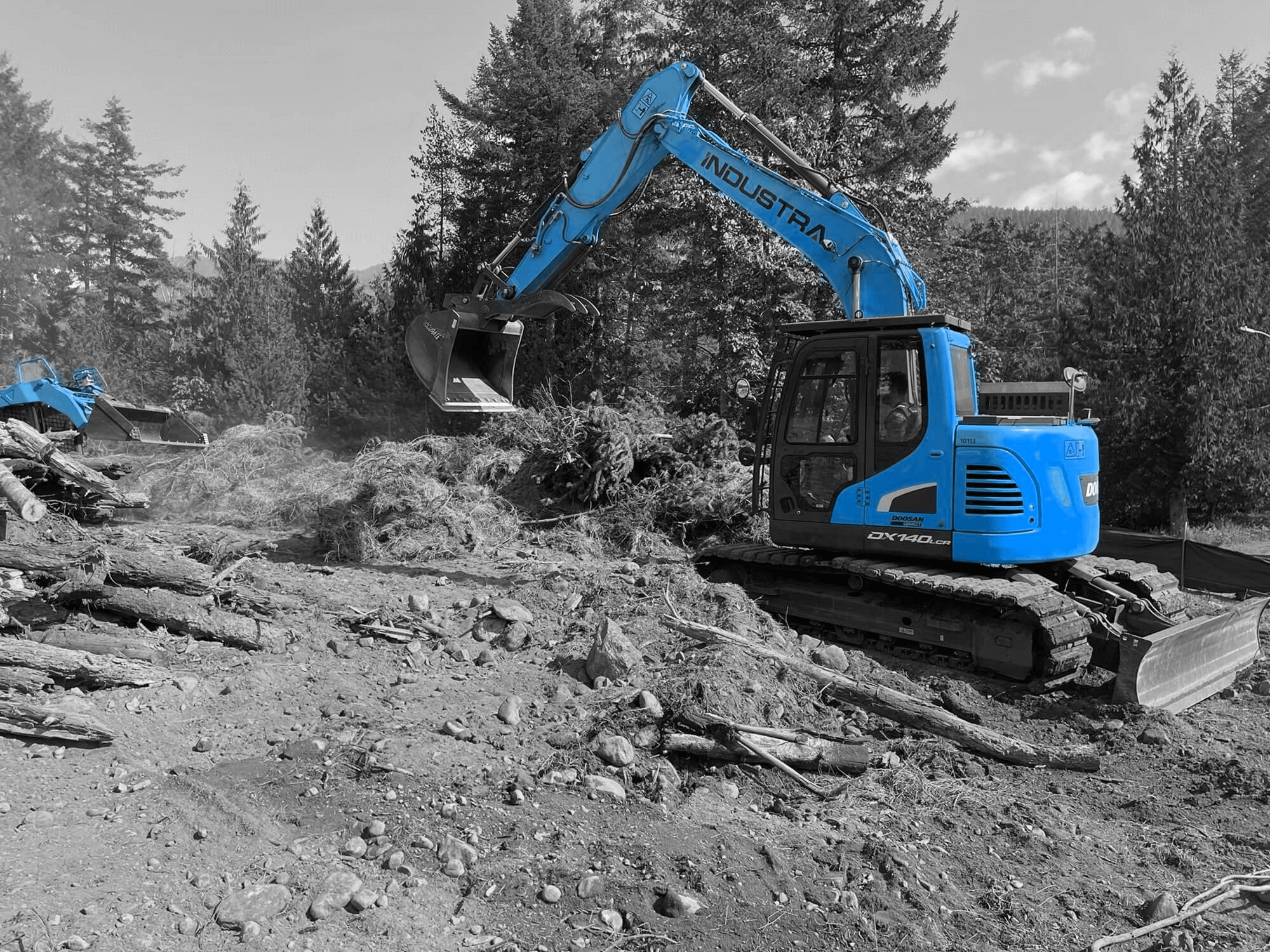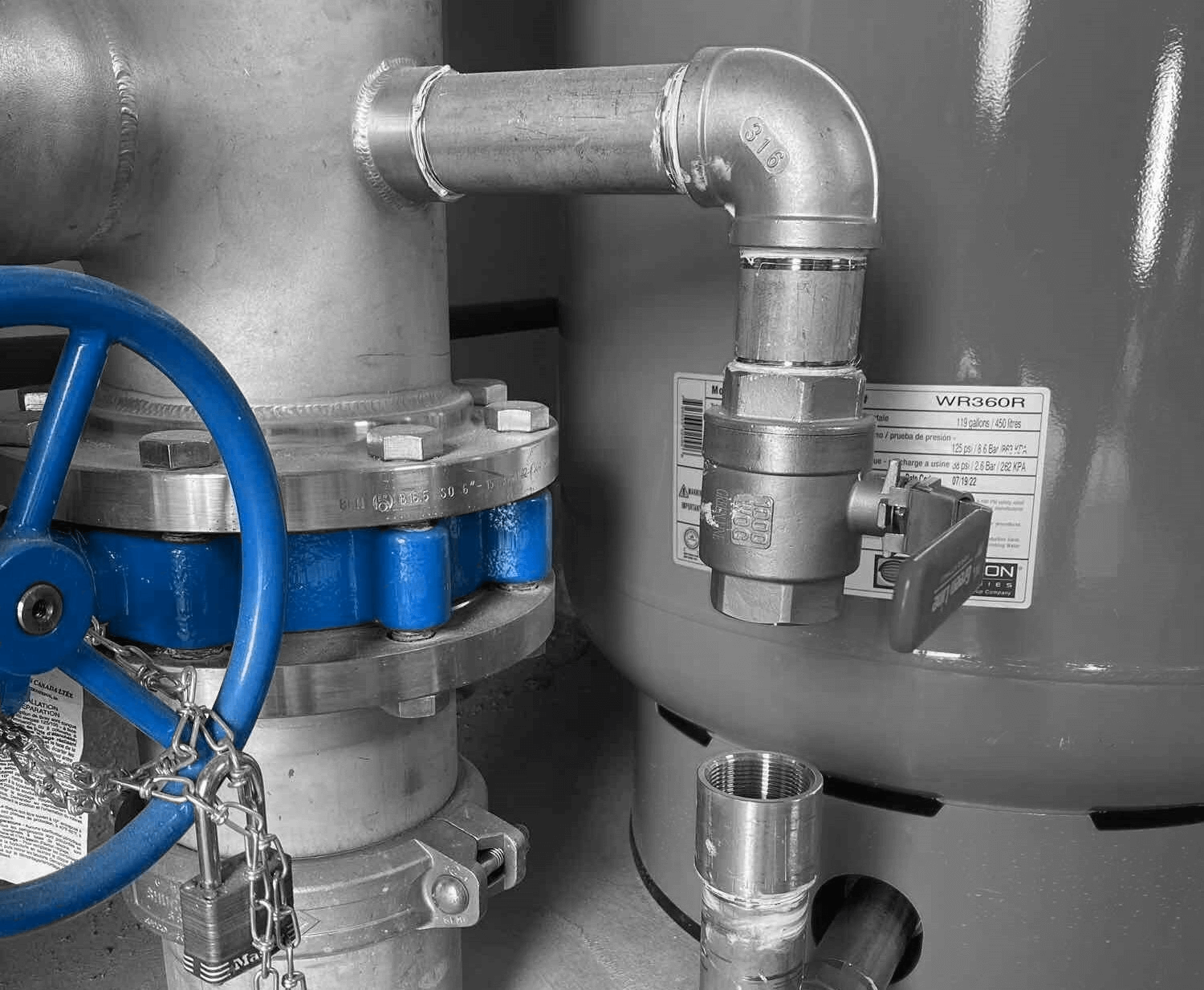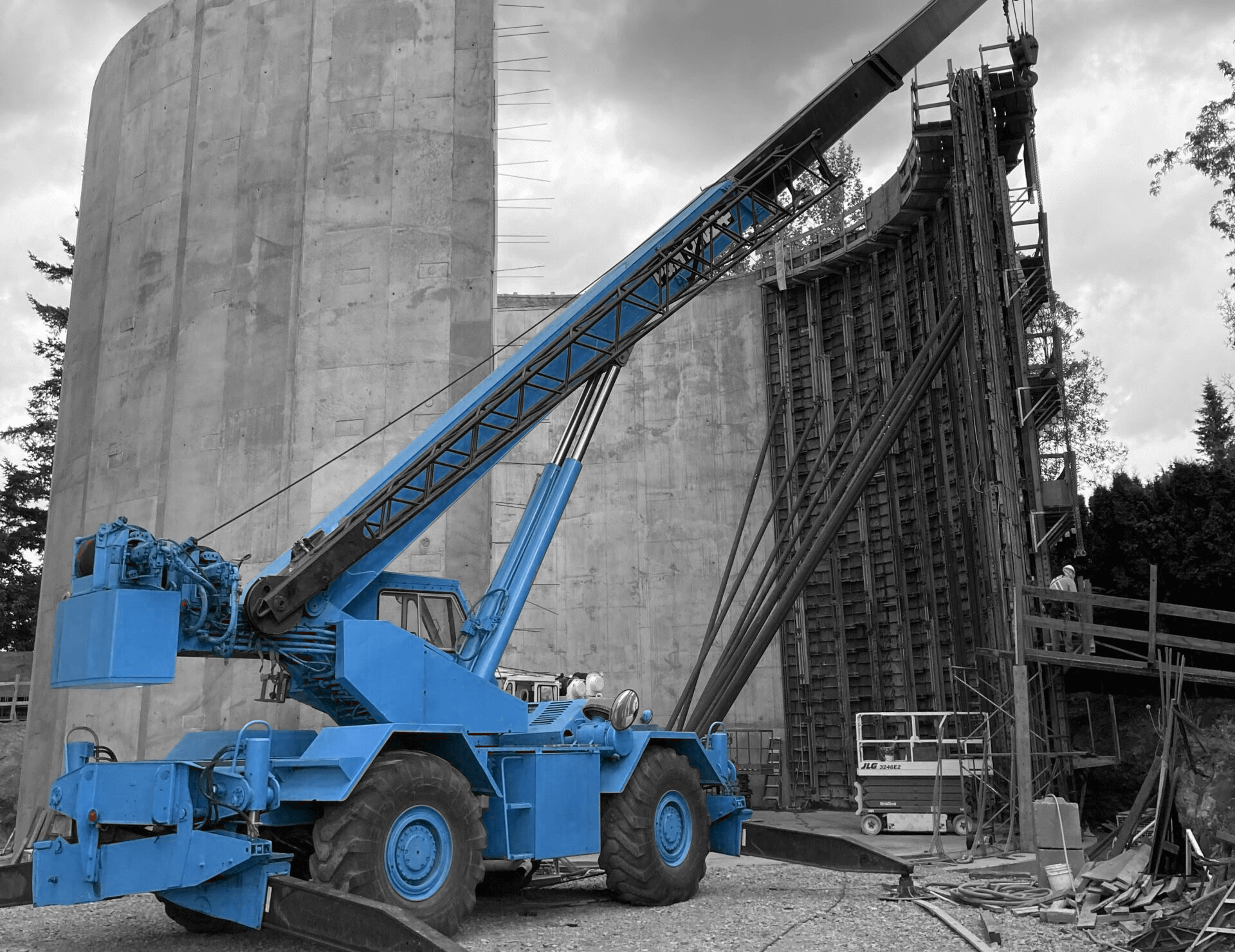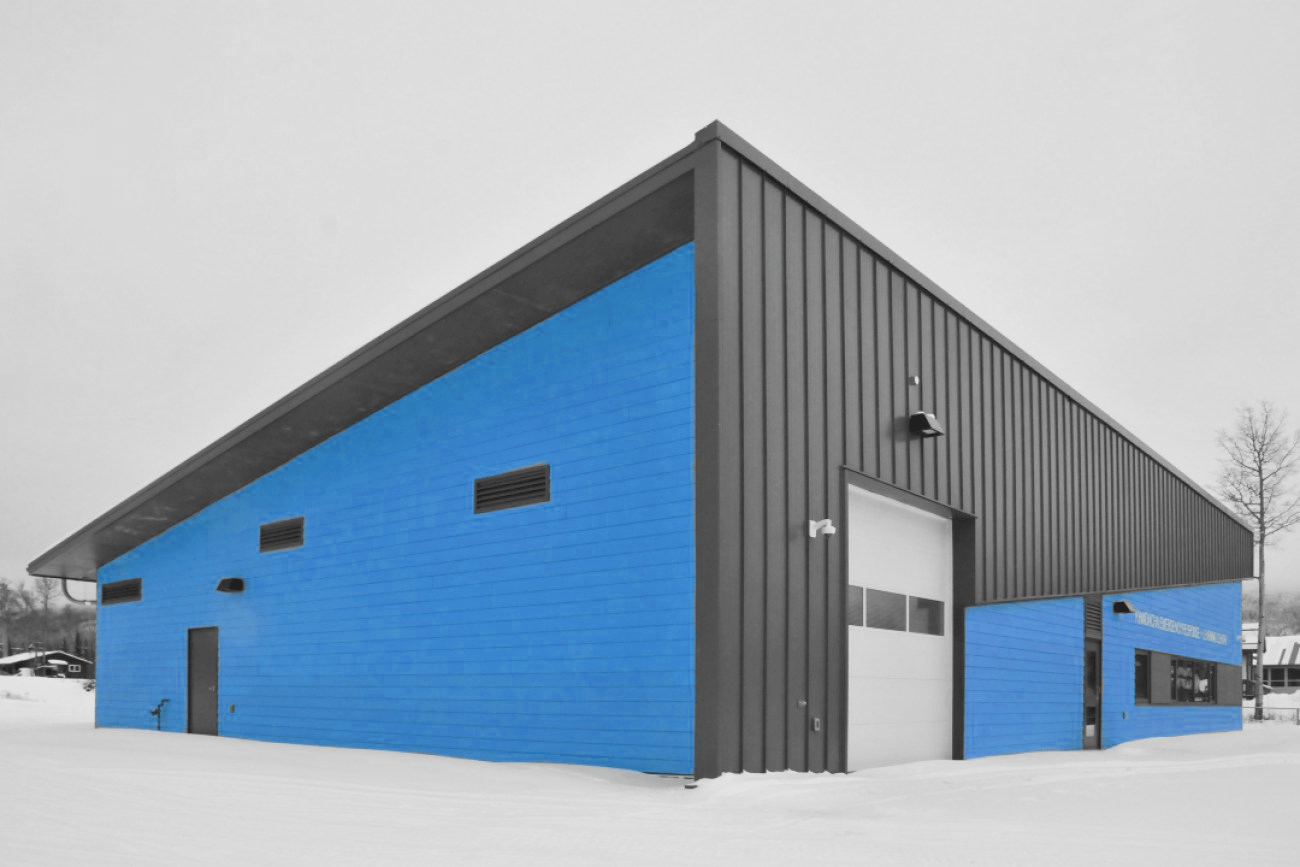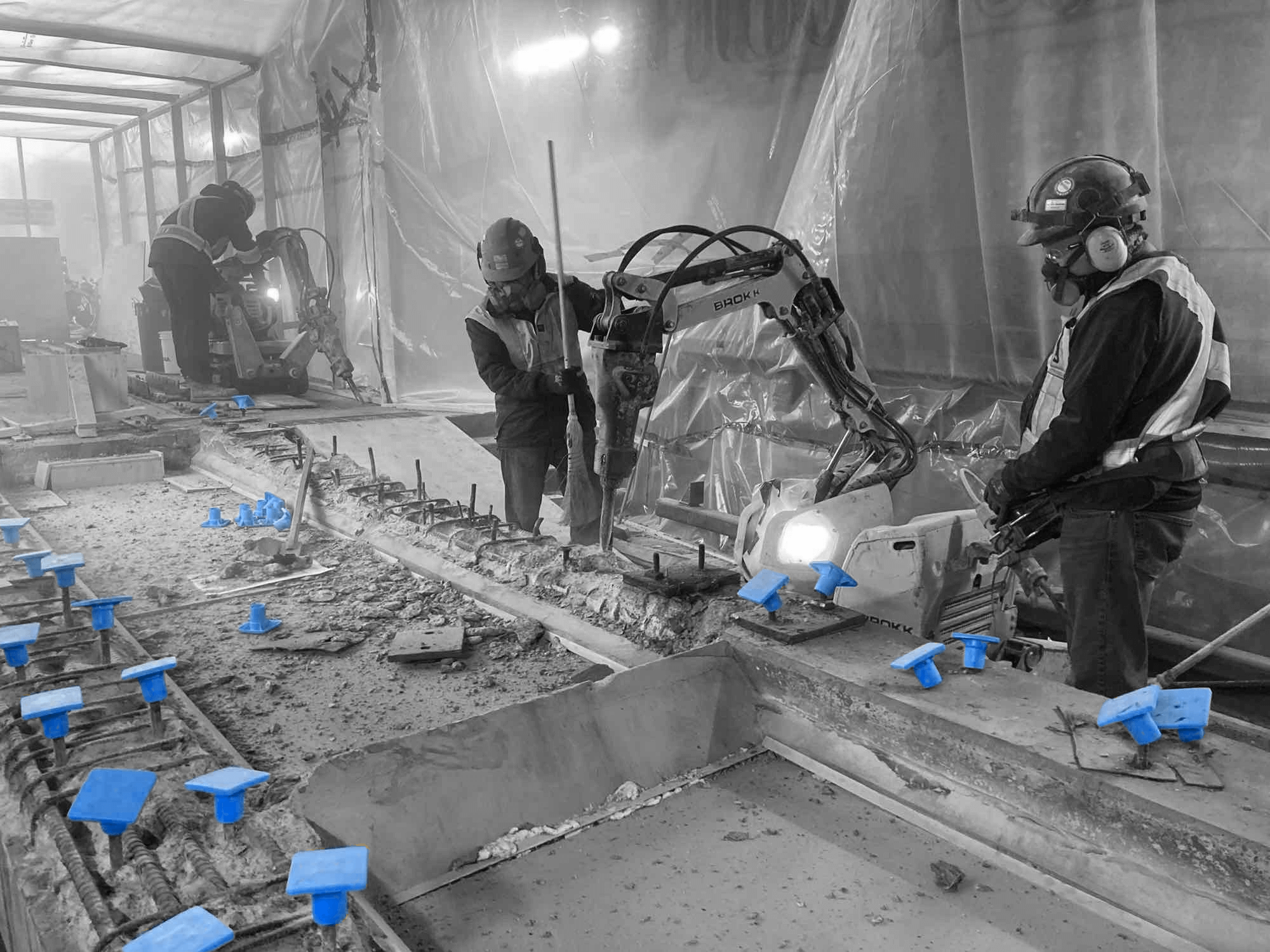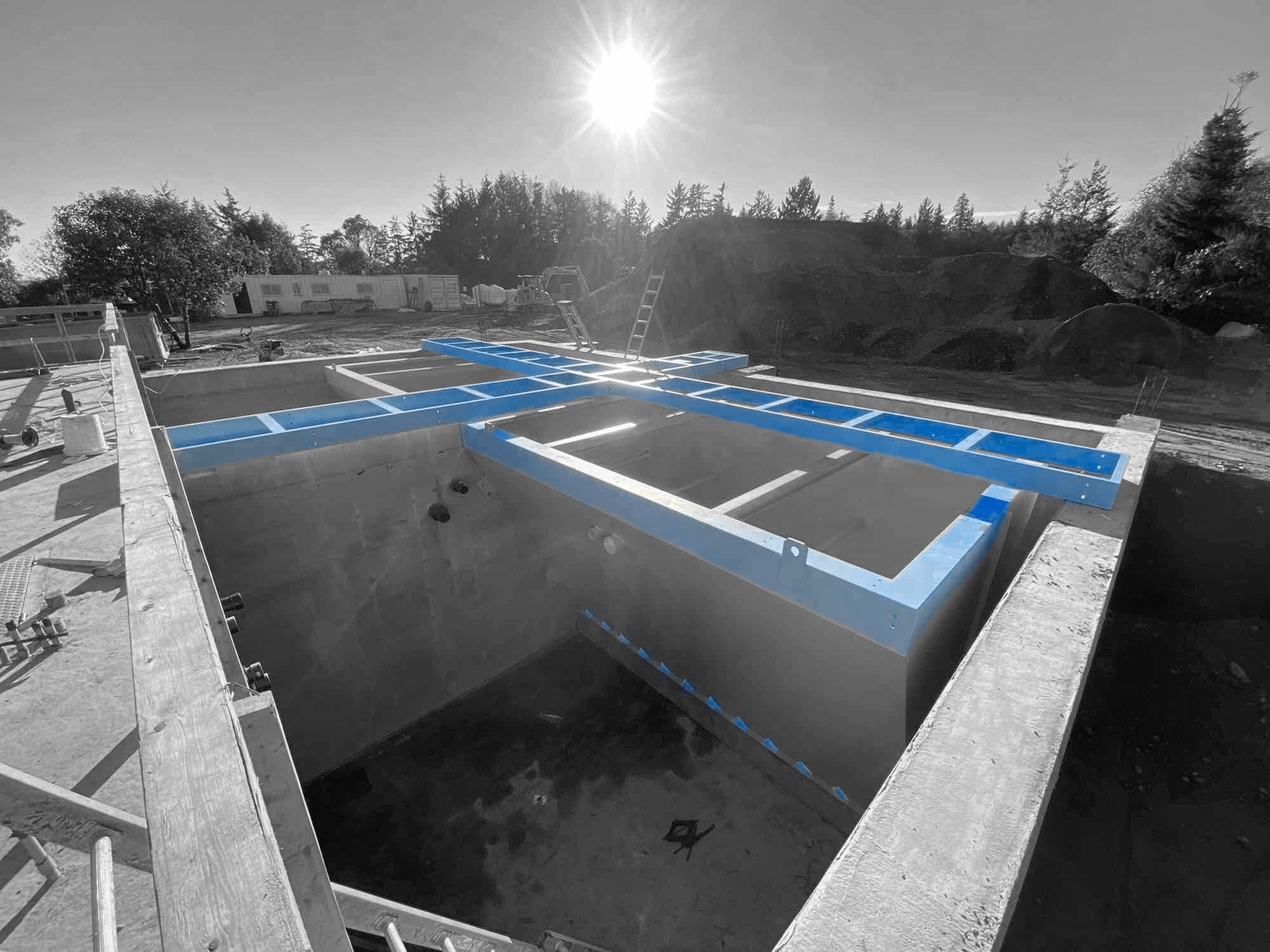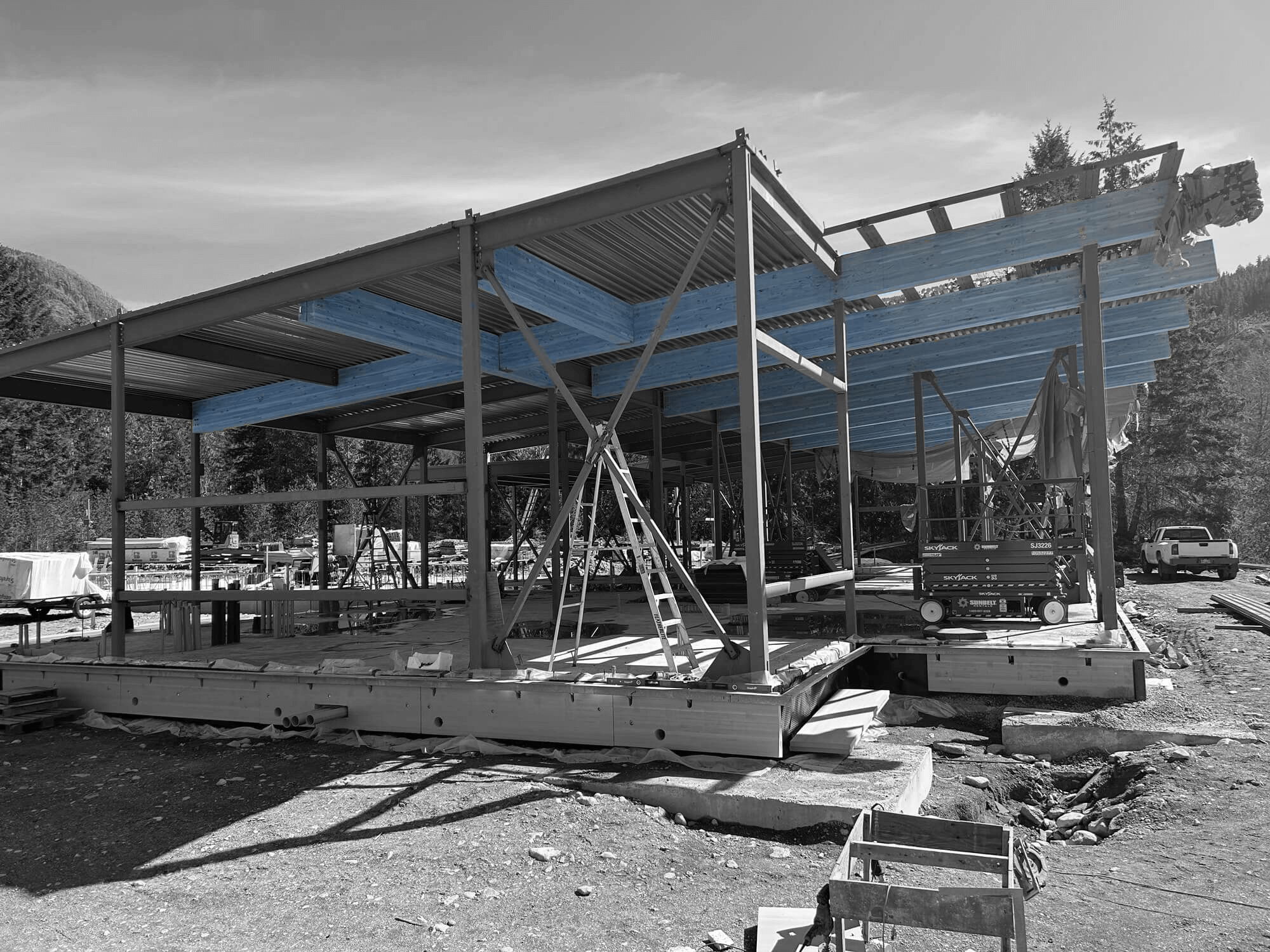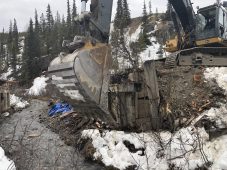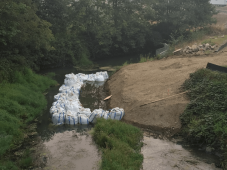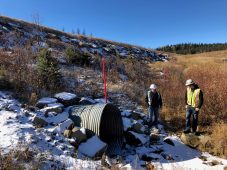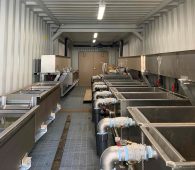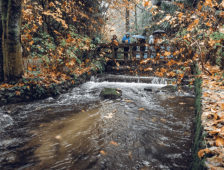Environmental Sustainability
SUSTAINABILITY: “Development that meets the needs of the present without compromising the ability of future generations to meet their own needs.”
At Industra, we are focused on finding innovative solutions to the most complex construction projects while limiting our environmental footprint and impact.
Given the nature of our business, all our projects have significant environmental components and an increasing number require a detailed environmental protection plan. From installation of cofferdams, rip rap, culverts, and stormwater basins to hazardous material abatement, we have the experience and in-house expertise to handle most environmental requirements. For more complex environmental requirements, we have experience working with environmental consultants and engineers.
- Identify and Evaluate the Risks or Potential Harm
- Determine Potential Methods of Elimination or Control of Risk
- Implement Methods of Elimination or Control of Risk
- Review and Assessment
This project within a 10 km stretch of a former section of the Alaska Highway in northern BC required replacing the existing bridges and roadways to place the road in a self-maintaining state to protect the adjacent resources. It involved removal of five bridge structures and abutments, including two bridges that spanned over 100 feet, replacing two bridges with fords traversable by 4×4 pickup truck, regrading and installation of rip rap, removal of 22 deep culverts, re-establishment of natural drainage patterns, stabilizing the road prism to reduce impact of sediment transport and removal of all debris.
This project involved the new construction of a flood mitigation pump station in the Hammersley Dyke on the Fraser River. A massive concrete inlet structure housed two 9-foot (2.7 metre) diameter water turbines to draw freshet water from one side of the dyke and pump it directly into the Fraser River.
This in-stream project involved the sliplining of an existing 6-foot diameter culvert pipe, repairs to two existing culverts and the boring and installation of 150 feet of welded 10-foot diameter steel pipe under the Alaska Highway at the Townsend Creek crossing halfway between Fort St. John and Fort Nelson, BC.
Project on the north coast of BC to install a new salmon hatchery contained within a series of sea cans. Project also included a shelter for the hatchery containers.
Design and construction of a standalone salmon hatchery at the base of the Coquitlam Dam to be operated by Kwikwetlem First Nation.
- Reduce, Reuse and Recycle.
- Reduce vehicle emissions by minimizing vehicle idle time.
- Elimination of all leaks and spills.
- Use of environmentally-friendly cleaning products.
- Minimizing the footprint in the areas of operation that Industra has control over.
